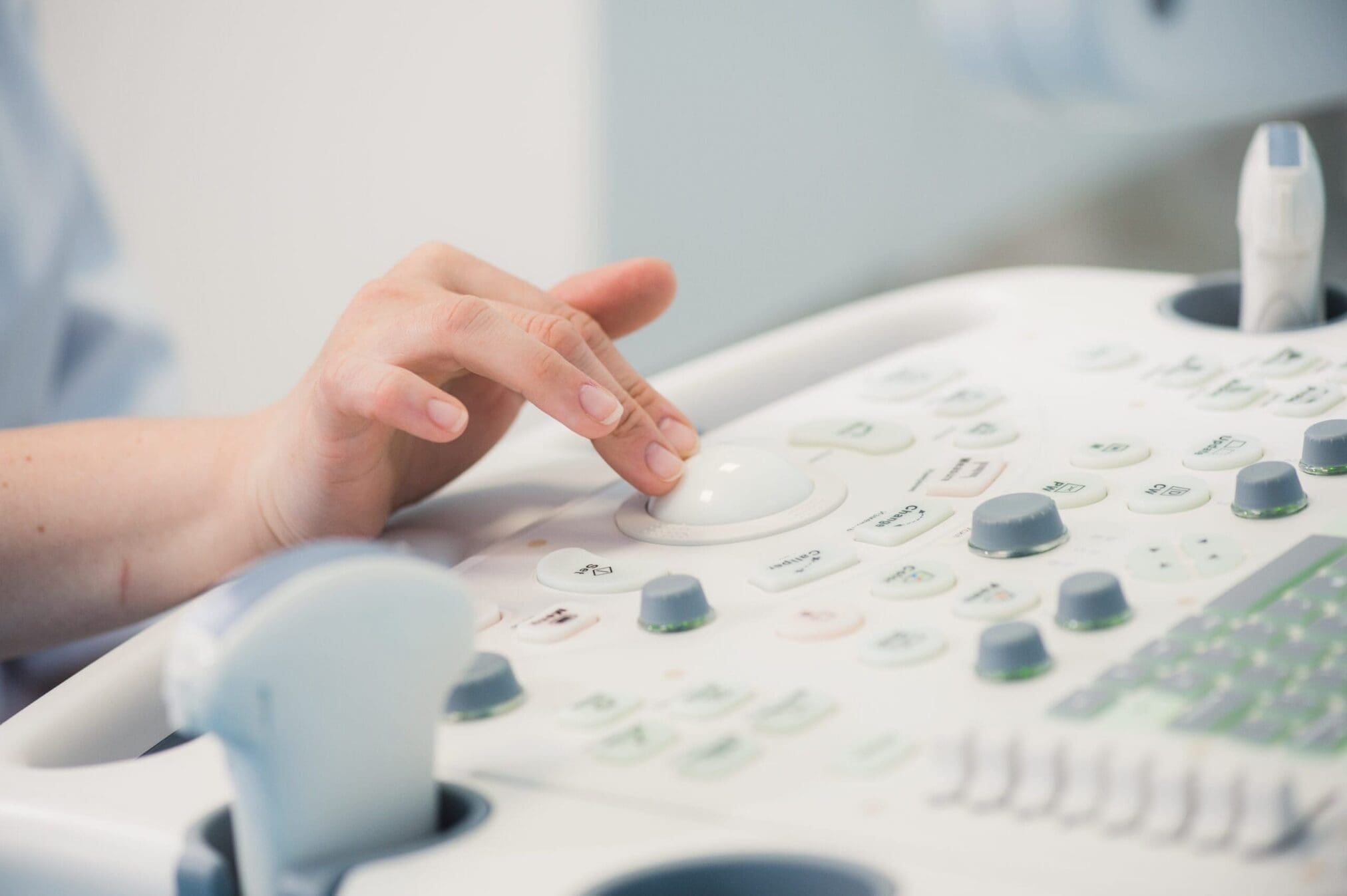On March 26, 2021, the SCHEER adopted a Final Opinion on the safety of breast implants regarding BIA-ALCL (Breast Implant Associated Anaplastic Large Cell Lymphoma) after a request from the European Commission.
By 2019, there were confirmed cases of BIA-ALCL in Australia, Canada and in the EU.
The SHEER conducted a literature research, to collect new scientific information concerning any connection between breast implants and ALCL. Furthermore, the European Commission organized a public consultation that ran from October 26 to December 07, 2020, where interested parties included comments in connection to the scientific evidence of the preliminary version of the opinion.
What is BIA-ALCL?
As described in the Opinion, BIA-ALCL “is a rare sub type of non-Hodgins lymphoma” (European Commission, 2021). It is not regarded as breast tissue cancer and the prospects concerning development and recovery are in general favorable. Nevertheless, lymphomas are cancer of the lymphatic system, which constitutes part of the immune system.
Conclusions of the Final Opinion
The research revealed that there is raise of confirmed cases, which can relate to several causes, nevertheless the incidence rates are considered low. The overall picture indicates that “there is moderate weight of evidence to suggest a causal relationship between textured breast implants and BIA-ALCL” (European Commission, 2021). Textured breast implants constitute a common feature in the appearance of BIA-ALCL, which indicates that a part of these medical devices affects the disease significantly. There are five probable causes of the disease, while at the time of writing the report, there was inadequate scientific evidence to exclude any of these causes.
Nevertheless, the SHEER report notes that there are different types of textured implants, the manufacturing method can differ from a device to another and there can be also advantages in the use of implants with diverse surface textures.
The SHEER concludes that as the degree of risk is difficult to be evaluated due to the low incidence of BIA-ALCL, it is crucial to establish risk assessments per type of implants, where the weight of risk will be evaluated towards the advantages of their use. The report also deems necessary to establish a broad, clinically accredited classification system for breast implants that will take into consideration more parameters apart from “surface roughness” (SCHEER, 2021).
Breast Implants under the MDR
Breast implants are classified as Class III medical devices under the MDR-Regulation (EU) 2017/745, according to Annex VIII on Classification. Therefore, manufacturers need to ensure compliance with all the requirements of the MDR for such high-risk devices, in order to place them on the EU market.
15/07/2021
Anna Karavasili
Regulatory Affairs Department
Contact Obelis to receive excellent assistance on this and many other matters on your products’ route towards EU compliance!
References:
• European Commission.(2021) . Final Opinion on the safety of breast implants in relation to anaplastic large cell lymphoma (BIA-ALCL). Retrieved on 19.07.2021 from https://ec.europa.eu/health/scientific_committees/consultations/public_consultations/scheer_consultation_09_en.
• European Parliament and Council. (2017). REGULATION (EU) 2017/745 OF THE EUROPEAN PARLIAMENT AND OF THE COUNCIL of 5 April 2017 on medical devices, amending Directive 2001/83/EC, Regulation (EC) No 178/2002 and Regulation (EC) No 1223/2009 and repealing Council Directives 90/385/EEC and 93/42/EEC. Retrieved on 19.07.2021 from https://eur-lex.europa.eu/legal-content/EN/TXT/?uri=CELEX%3A32017R0745.
• European Commission. Glossary-Lymphoma. Retrieved on 20/07/2021 from https://ec.europa.eu/health/scientific_committees/opinions_layman/security-scanners/en/glossary/jkl/lymphoma.htm .


